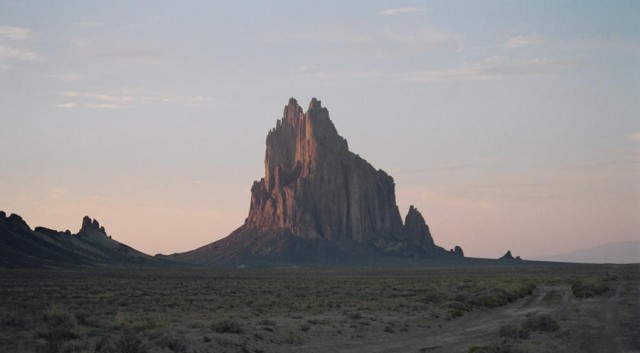Researchers from several institutions are in the Four Corners region, to uncover reasons for a mysterious methane “hot spot” detected from satellite images.
Image credit wikimedia
Last fall, researchers including Frankenberg reported that a small region around the Four Corners intersection of Arizona, Colorado, New Mexico and Utah had the highest concentration of methane over background levels of any part of the United States. An instrument on a European Space Agency satellite measuring greenhouse gases showed a persistent atmospheric hot spot in the area between 2003 and 2009. The amount of methane observed by the satellite was much higher than previously estimated.
Christian Frankenberg, a scientist at NASA’s Jet Propulsion Laboratory, Pasadena, California, who is heading NASA’s part of the effort, said:
“With all the ground-based and airborne resources that the different groups are bringing to the region, we have the unique chance to unequivocally solve the Four Corners mystery.”
Researchers from CIRES, NOAA’s Earth Systems Research Laboratory and Michigan are conducting a field campaign called TOPDOWN (Twin Otter Projects Defining Oil Well and Natural gas emissions) 2015, bringing airborne and ground-based instruments to investigate possible sources of the methane hot spot. The JPL team will join the effort on April 17-24. The groups are coordinating their measurements, but each partner agency will deploy its own suite of instruments.
The JPL participants will fly two complementary remote sensing instruments on two Twin Otter research aircraft. The Next-Generation Airborne Visible/Infrared Imaging Spectrometer (AVIRISng), which observes spectra of reflected sunlight, flies at a higher altitude and will be used to map methane at fine resolution over the entire region. Using this information and ground measurements from the other research teams, the Hyperspectral Thermal Emission Spectrometer (HyTES) will fly over suspected methane sources, making additional, highly sensitive measurements of methane. Depending on its flight altitude, the NASA aircraft can image methane features with a spatial resolution better than three feet (one meter) square. In other words, it can create a mosaic showing how methane levels vary every few feet, enabling the identification of individual sources.
source NASA






Leave A Comment